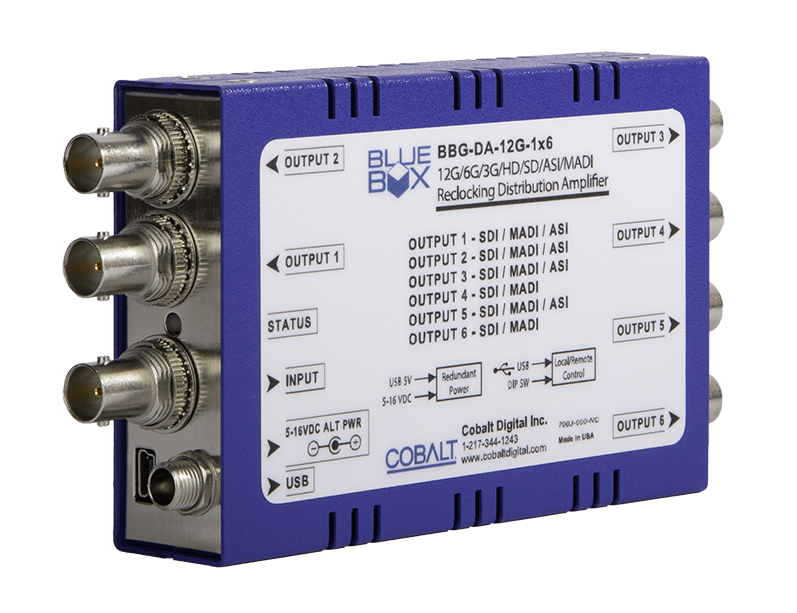4 on the Floor: Lessons from InfoComm 2025
A lively show floor provided perspective on several industry trends as well as a rather positive outlook on Pro AV's future.
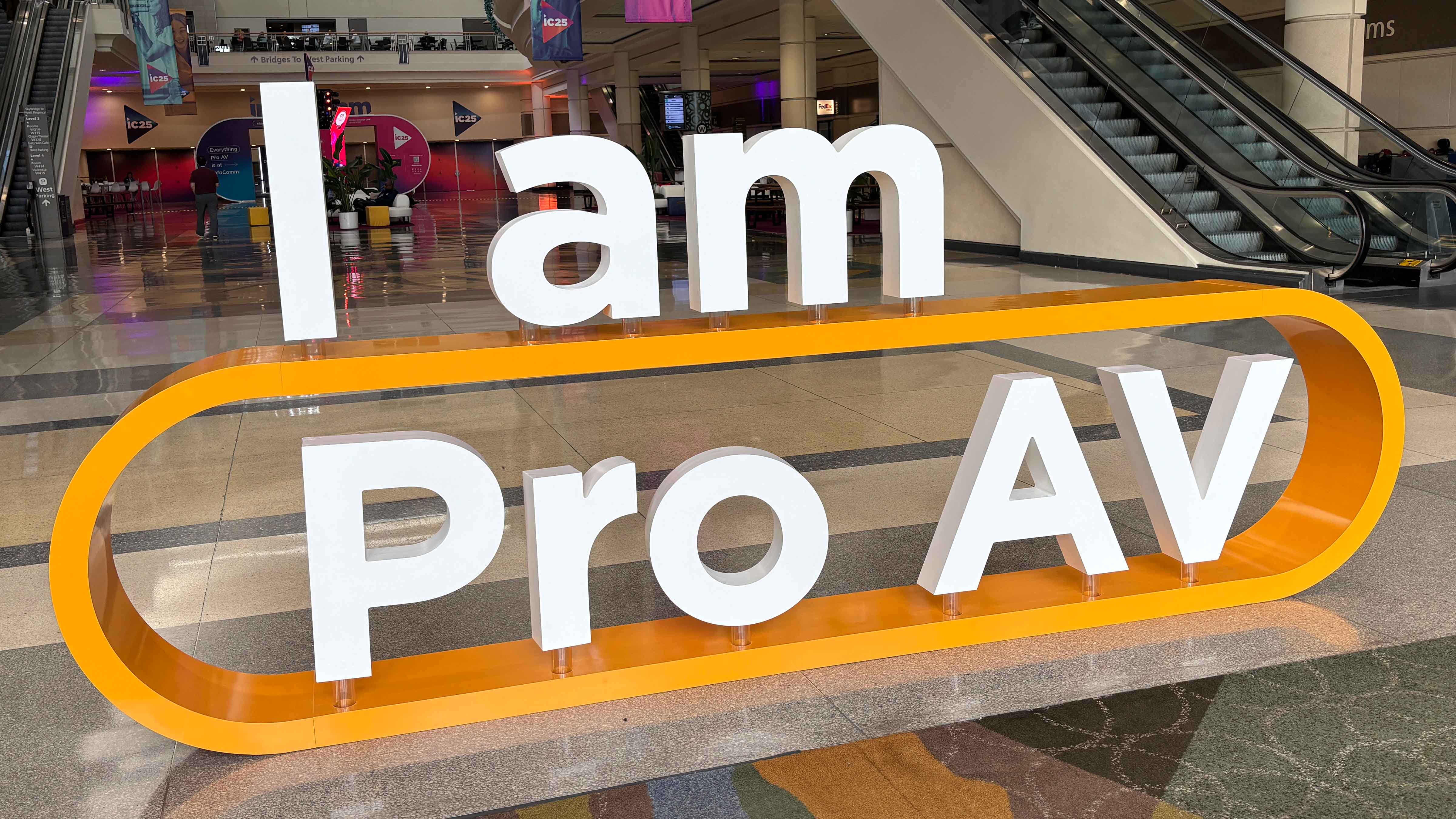
InfoComm 2025 was a big hit in Orlando, FL, in June. I've been attending InfoComm for decades, and I can honestly say I haven't felt this kind of energy since before the pandemic. An uninterrupted show floor across the Orange County Convention Center certainly helped—I'm really hoping the Las Vegas Convention Center renovations will be done before the show returns there next June.
As has been the case as of late on Pro AV trade show floors both here and abroad, there was no paradigm shift moving the industry in a new direction. But that doesn't mean there wasn't plenty to explore at InfoComm 2025. Here are four lessons I learned from the show floor.
1) Don’t panic.
Policy fluidity breeds uncertainty, and the uncertainty surrounding tariffs is certainly impacting the Pro AV industry. However, despite all the talk of tariffs, slowed growth, and international concerns (Israel launched its retaliatory airstrikes in Iran during InfoComm), the Pro AV industry is doing just fine.
On the day before the InfoComm exhibit hall opened, AVIXA, which produces the show, hosted its annual Market Insights Lunch. The organization acknowledged the challenges facing the industry and predicted a lower overall growth rate. Still, that conservative forecast calls for a $402 billion Pro AV market by 2030, with an annual growth rate that outpaces GDP growth. I'm putting that in the "win" column.
Know who else seems unrattled? Panasonic Projector & Display Americas. Although projectors are expected to lose about 1.3% of market share in 2025, CEO Taka Uchida launched the company's new MEVIX brand for its projectors, dvLEDs, and flat panel displays. (MEVIX stands for Media, Entertainment & Visual Transformation.) And a little perspective: Even with the drop, the projector slice of the Pro AV pie is still close to $17 billion.
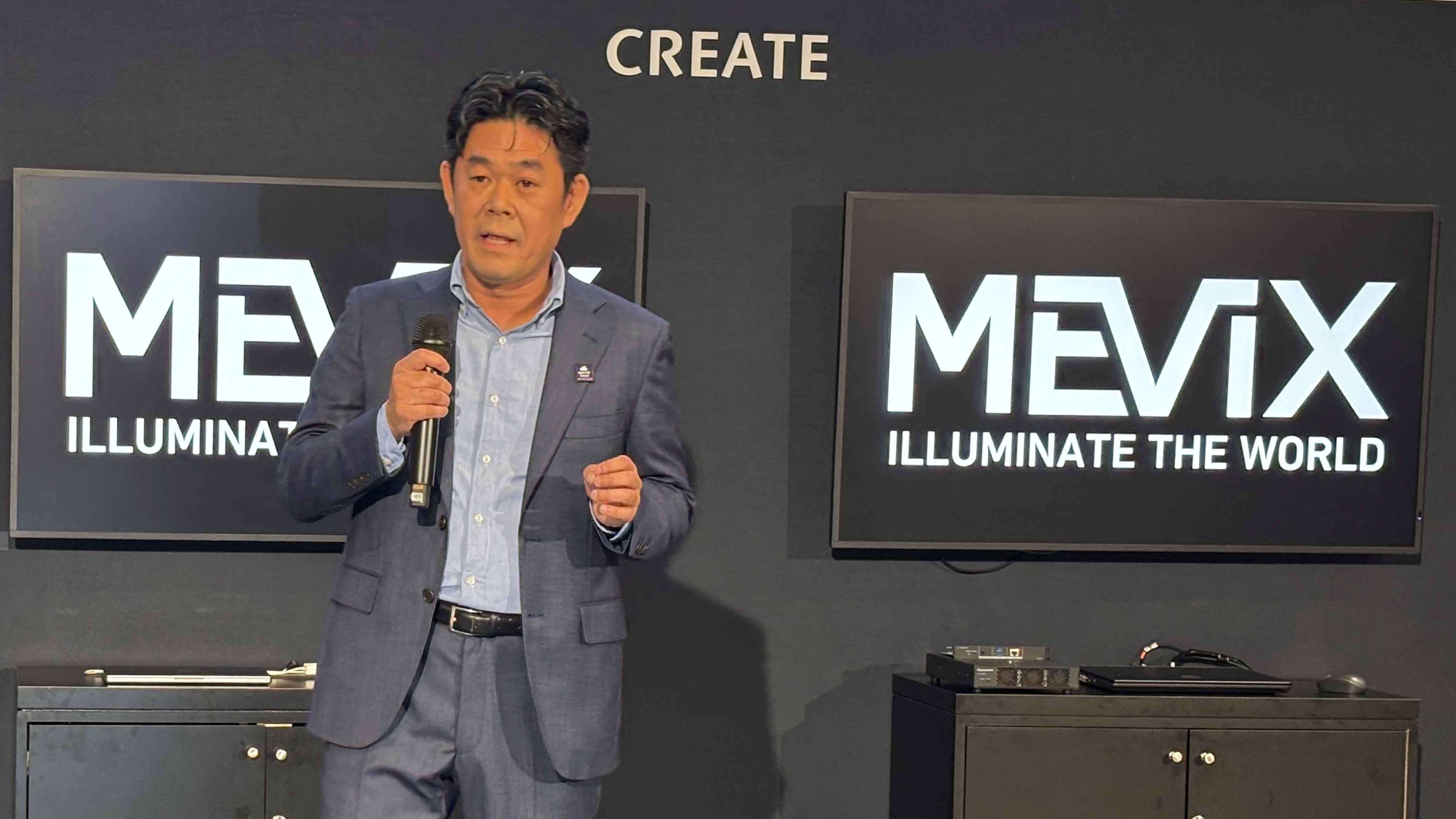
By the way, the InfoComm show itself is thriving on more than just positive vibes. According to AVIXA, this year's event featured 817 exhibitors, a small dip from 833 last year. It also attracted almost 31,000 verified attendees, up more than 700 from the Las Vegas show in 2024 and more than 1,600 from the last Orlando show in 2023. International attendance from 97 countries accounted for 18% of attendees, while 35% of verified attendees were end users, which set a show record. So, enough with the rumors: InfoComm attendance is solid, and the show will be alternating between Orlando and Las Vegas for years to come.
2) AI. Yeah. Still.
What did you expect? AI and machine learning continue to play a part in helping PTZ cameras track speakers, videobars follow conversations, and transcription tools create speech-to-text solutions for real-time translations, closed captions, and PA announcements spoken by lifelike synthetic voices. You could demo all that and more on the InfoComm show floor. Plus, there were plenty of sessions during the show addressing various aspects of AI technology.
A daily selection of the top stories for AV integrators, resellers and consultants. Sign up below.
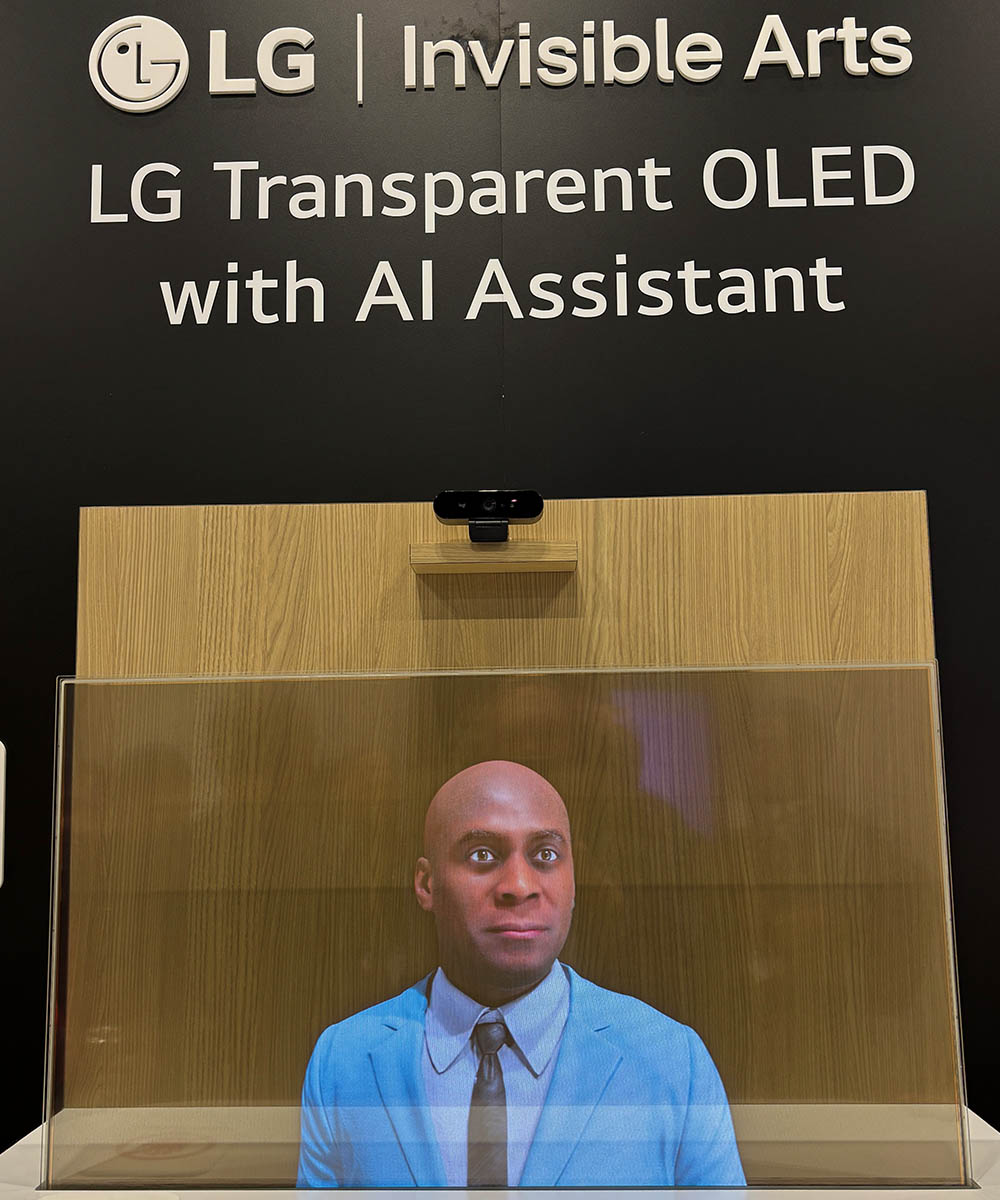
Arguably the coolest AI demo on the show floor was a virtual assistant at the LG booth. Presented in collaboration with Invisible Arts, a 30-inch transparent OLED display served to connect attendees with a synthetic human interface. What can it do? Well, what do you need it to do? Developers see potential deployment as a virtual concierge, customer service agent, or even a virtual assistant. What we're seeing is already pretty spectacular, and we're still only on the ground floor of AI development.
3) Let's work together.
Gone are the days of trumpeting closed, proprietary systems as the best direction for many Pro AV solutions. These days, it's quite fashionable to show off your partners on your booth. RGB Spectrum was one of those companies proudly promoting its partners at InfoComm 2025. "It's great to show a full solution when there are a lot of parts that come together," explained Courtney Mamuscia, senior director of marketing.
PPDS announced a high-profile global alliance with Shure on the InfoComm 2025 show floor. The move integrates several Philips display models with Shure's IntelliMix Room Kits to create a certified conference room solution that can also save customers a few bucks. "The 'S' in PPDS is solutions," said Nick Begleries, commercial VP for North America. "Combining our displays with a top audio brand like Shure is a true partnership. This brings the audio and video together. It brings the customer a total solution."
Mark Wadsworth, CMO of VIOSO, went so far as to share booth space with Control Buddy. Known for automatic camera calibration and projection mapping solutions for multiple projectors, VIOSO was showcasing its new EXAPLAY media player software and how it integrates with Control Buddy’s control solution. "Our work with Control Buddy takes the mission of accessibility even further to make media playback and management easier for someone who isn't an engineer," Wadsworth explained.
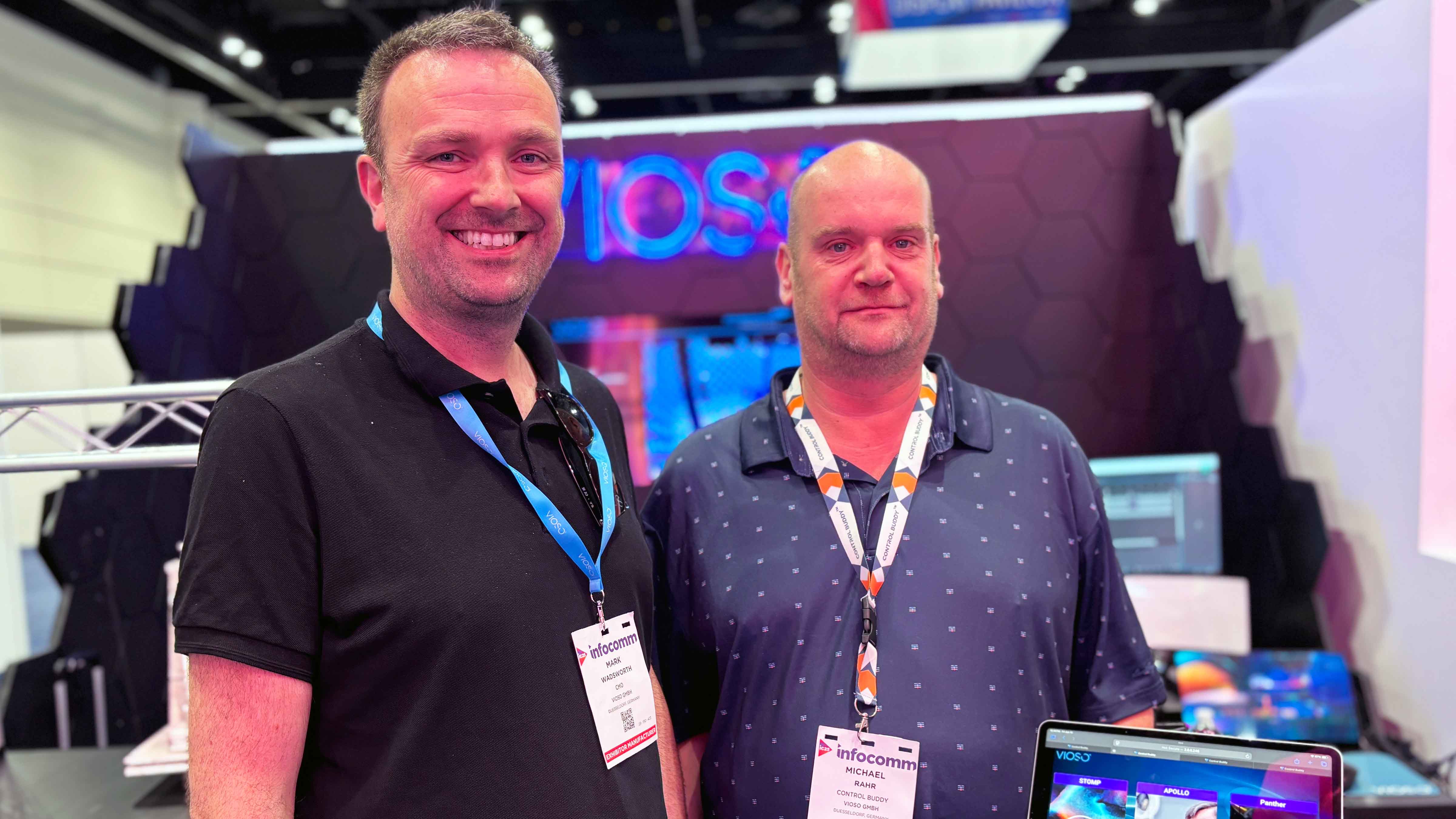
Humly's approach for the show was less about partnerships and more about actively working to help customers get "more value from the equipment they already have," said Anders Karlsson, CEO. That's the idea behind Humly Sense, a new, cloud-based gateway that takes "meaningful" data from sensors or other third-party equipment—anything from light switches to the AC system—and brings that into the Humly Workplace Platform. Eventually, that data will provide analytics to help integrators provide their customers with actionable information.
And then there's OpenAV Cloud, the industry initiative that was launched in May to create open APIs for cloud-based solutions. Xyte is one of the founding members of OpenAV Cloud, and CEO Omer Brookstein told me he has received a lot of inquiries about OpenAV Cloud since it was announced. Customers have asked for the ability to easily integrate products and services, he said. Now, the focus is on moving the industry away from "silos" and building awareness for the initiative. "Customers come first," he noted.
4) Convergence is coming from all sides.
While the convergence of broadcast and AV technologies is not new, there has undoubtedly been a renewed emphasis on blurring the lines between the two in recent years. Jack Horry, product manager of Quorum for Ross Video, said companies need to tell their story—and high production values generally equate to high-quality content. And these companies need a solution that delivers high-quality, repeatable content output.
EvertzAV helped blur the lines with the introduction of its family of MMA25G IPMX-Ready Gateways at the show. The units work with ST 2110, offer JPEG XS and RAW processing for 4K60 video, feature live transcoding, and support 25 GbE. "We're really trying to bring broadcast and AV under one roof," said Paulo Francisco, EvertzAV's VP of engineering.
But we're also seeing signs of convergence between Pro AV and residential AV solutions. You will likely be hearing the term "resimercial" more frequently. Granted, from the residential side, there is less convergence … but it is coming. "It's a growing question, even if it's not a growing market yet," Horry offered.
According to Tom Devine, AVPro Global's director of marketing, solid residential integrators can "slide upward," with smaller Pro AV projects leading to larger projects. AVPro Global recently announced its plan to acquire RTI, which is known for its home and office automation solutions—and Devine noted, of course, that AVPro's solutions play well in both worlds.

Mark J. Pescatore, Ph.D., has been the content director of Systems Contractor News since 2021. During his career, he's hosted and programmed two ongoing regional industry trade shows (including Future B2B's AV/IT Summit), produced and hosted podcasts and webinars focused on the professional video marketplace, taught more than a dozen college communication courses, co-authored the book Working with HDV, and co-edited two editions of The Guide to Digital Television.
